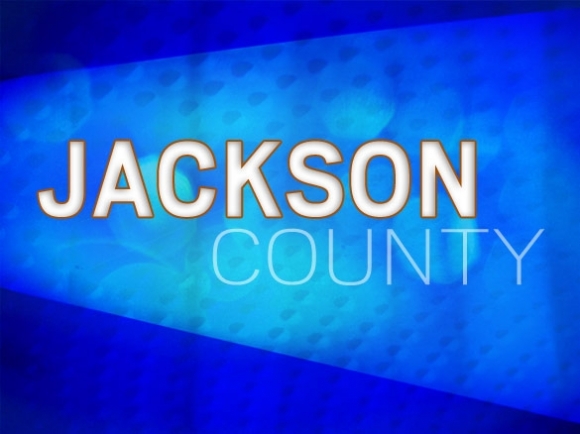TWSA reviews water shortage plan following drought

As the drought of 2016 progressed, flows of streams and rivers dwindled region-wide — and the Tuckasegee River, water source for most of Jackson County, was no exception.
The Tuckasegee Water and Sewer Authority watched as the river got lower and lower, until the amount of water being drawn from it was no longer enough to meet the area’s baseline demands. Luckily, TWSA had a silver bullet that most water systems don’t — Duke Energy had a reservoir upstream that had stopped releasing water to the river during the worst part of the drought. The electric utility isn’t required to perform mandatory releases after Oct. 20 and typically shuts down its hydropower generation over the winter.
“We asked them to go back and look at their generation plan and do daily releases to use those facilities so we could have the water we needed,” said Dan Harbaugh, executive director of TWSA.
Duke Energy was “real gracious,” Harbaugh said, scheduling releases that prevented Jackson County from going into mandatory water conservation — instead, the county was able to remain under the less intrusive voluntary water conservation measures. Without the cooperation of Duke, Harbaugh said, “we would have been in a world of hurt.”
Finally, rain returned to the region, and compared to other water systems Harbaugh feels that TWSA’s service area came out pretty well. TWSA draws from a large basin for its water supply and is not dependent on groundwater or stream flows, as some other water systems are. Nevertheless, the drought was severe enough to prompt TWSA to evaluate its water shortage response plan, catching any shortcomings before the next major drought materializes.
“The big thing for us is to look at this possibly earlier,” Harbaugh said. “This situation with drought was really several months in the making before it had an impact on us and beginning to do education for the public earlier is one of the things we will emphasize in that water shortage response plan.”
Related Items
Under voluntary water conservation, people are asked to reduce their water use by 10 percent. But getting the word out and helping people understand what 10 percent reduction means in practice — how many laundry loads, dishwasher runs or toilet flushes does that translate to? — takes time.
The other takeaway is the need to make the system more watertight.
“We need to make sure if we have leaks in the system, we identify them as quickly as possible and fix them as quickly as possible,” Harbaugh said.
Over the past three to six months, the amount of unaccounted-for water — that includes leaks as well as things like unrecorded fire hydrant releases — has increased by a little over 1 percent, which translates to about 10,000 gallons per day. Overall, about 11 percent of the system’s 1 million-gallon-per-day production goes missing. Finding and fixing those problems now — rather than scrambling to do so after a drought hits — will be a priority going forward, Harbaugh said.
“Usually when leaks like this occur they tend to build over time,” he said. “The big leaks you can find real quick. It’s these little leaks that build up over time and you begin to see your water losses accumulate.”
Those small leaks can be hard to pinpoint, however, given that TWSA oversees 70 miles of water lines.
Nevertheless, Harbaugh said, “We need to do a better job of finding and solving the leaks out there in the system.”









